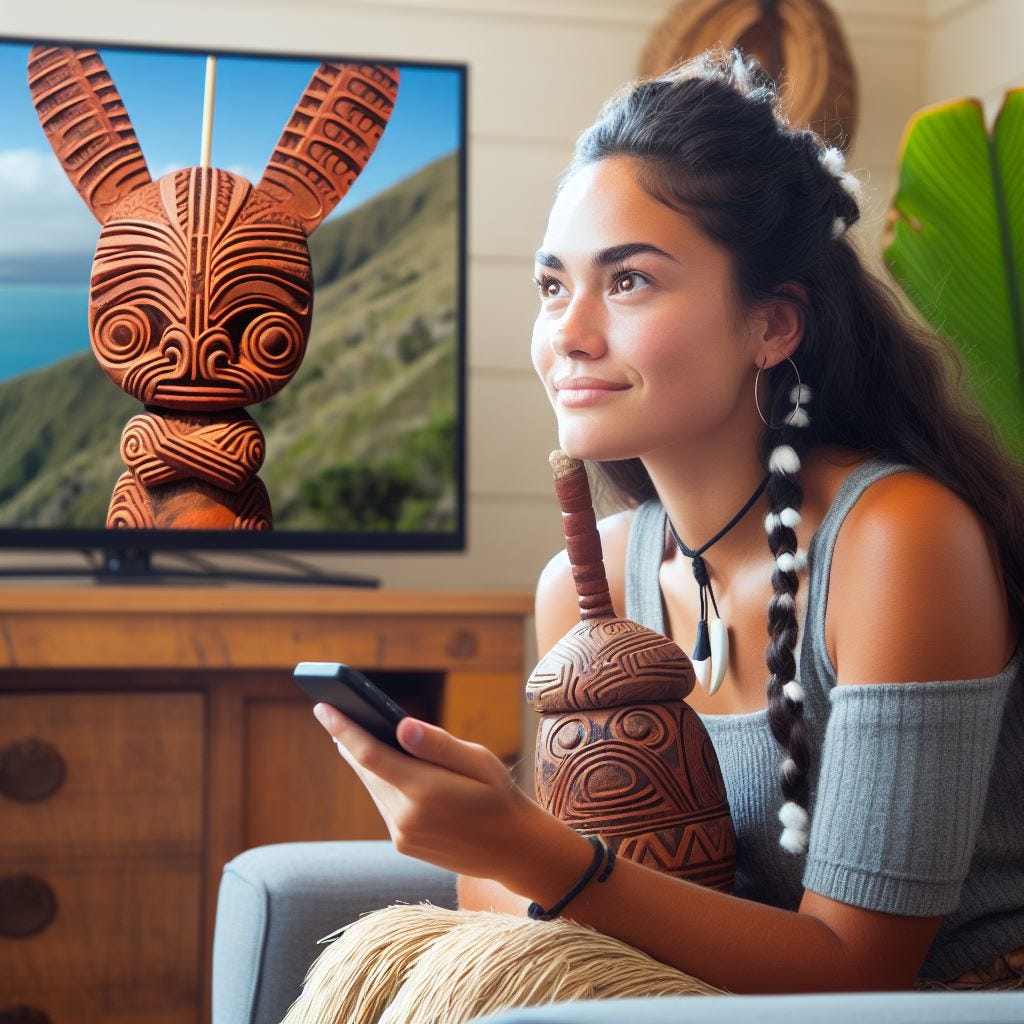Waitangi Day perspective on advertising to Māori
Advertising to Māori audiences effectively requires a nuanced approach that acknowledges and respects their unique cultural values and sensitivities.
As today is Waitangi Day, casting its annual spotlight on Aotearoa's founding document, it's a timely moment to delve into the dynamic tapestry of Māori culture. Beyond a day of commemoration, Waitangi Day serves as a springboard for reflection – not just on the past, but on the vibrant present and promising future of Māori communities.
Engaging with this rich landscape requires more than just acknowledgement. It demands understanding the delicate interplay between honoring ancestral wisdom and embracing contemporary trends. By understanding and respecting these key differences, we can create advertising that resonates with Māori audiences and avoids potential pitfalls.
Specific approaches will vary depending on the product, target audience, and overall marketing strategy. It's essential to conduct thorough research and gain insights from the Māori community itself to ensure advertising is culturally appropriate and effective and we should always consider consulting with Māori marketing specialists or cultural advisors for guidance and expertise.
In this way we should be mindful of tikanga (customary practices) and protocols, especially when filming or photographing on culturally significant sites. Messages should be relevant to the specific or region being targeted, with consideration shown for local dialects, interests, and community issues. At all times, cultural appropriation should be avoided to ensure messages are genuine and respectful. Building trust is crucial.
Where appropriate, incorporating Te Reo Māori in messaging demonstrates respect and cultural understanding. Accurate pronunciation can be ensured by consulting with a language expert. If translating from English, be mindful of cultural nuances and idiomatic expressions that might not translate well.
Avoid tokenism and stereotypes, and make sure any representation of Māori people and their diverse backgrounds, ages, and experiences are authentically portrayed. Be mindful of cultural significance behind specific symbols, imagery, and motifs.
Māori culture emphasizes whānau (family), manaakitanga (hospitality), and kaitiakitanga (guardianship). Highlight how your product aligns with these values using storytelling that resonates with Māori cultural narratives and traditions. This can create a deeper emotional connection with the audience.
There have been many good examples of effective advertising aimed at Māori.
The ASB “Whakawhanaungatanga” TV ad used storytelling to highlight how ASB supports whānau (family) businesses and entrepreneurs through various stages of their journey. It featured Te Reo Māori narration and authentic representation of Māori whānau.
Te Tumu Waiorangi “Whānau Āwhina” radio campaign used humor and familiar situations to raise awareness about family violence in the Māori community. It utilised Te Reo Māori and featured relatable characters to deliver a sensitive message.
Vodafone (now One NZ) “Whanaungatanga Unlimited” digital campaign utilised social media influencers and interactive elements to promote unlimited data plans. It leveraged the concept of whānau and community connection, resonating with Māori audiences.
Air New Zealand’s “Ka Waiata Ma”" in-flight safety video combined Māori waiata (songs) and traditional storytelling with safety instructions. It's a unique and engaging way to deliver important information while respecting cultural heritage.
The ANZ “Māori Business Awards” sponsorship supports Māori businesses and entrepreneurs. It provides visibility and recognition, aligning with ANZ's values of inclusion and financial empowerment.
Spark’s “He Waka Eke Noa” (We Are One Canoe) campaign tackled the issue of digital exclusion by providing affordable data plans and digital literacy training specifically for Māori communities. It featured community leaders and everyday people discussing the importance of staying connected.
Te Pūkenga “Whakaaro Ki Te Āuwhina” (Consider Support) campaign aimed to raise awareness about financial support available to Māori learners through Te Pūkenga (NZ Institute of Skills and Technology). It utilised humorous vignettes featuring well-known Māori actors navigating educational pathways.
The Ministry of Health "Whanawaka Waiora" (Healthy Families) campaign promoted healthy lifestyle choices and disease prevention within Māori communities. It utilised relatable scenarios and positive messaging delivered by Māori health professionals.
Burger King “King Te Reo” was a limited-time campaign that offered menu items with Te Reo Māori names and partnered with Te Taura Whiri i te Reo Māori (Māori Language Commission) to promote the language. It generated positive buzz and engagement among Māori speakers.
Skoda’s “Manaakitanga in Action” digital campaign showcased how Skoda vehicles support active lifestyles and adventurous pursuits popular within Māori communities. It featured stunning visuals of nature and cultural landmarks alongside relevant car features.
Lewis Road Creamery “Māori Flavours” ice cream brand regularly features Māori flavors and ingredients in its products, celebrating Māori culinary traditions. They collaborate with Māori artists and promote cultural events, demonstrating genuine engagement with the community.
These are just a few additional examples, and the landscape of Māori advertising is constantly evolving. Respectful collaboration and genuine representation are key to creating campaigns that resonate with Māori audiences and contribute positively to the community.
It's crucial to stay up to date with current trends and community sensitivities when crafting your advertising message. What better way to celebrate Waitangi Day?




